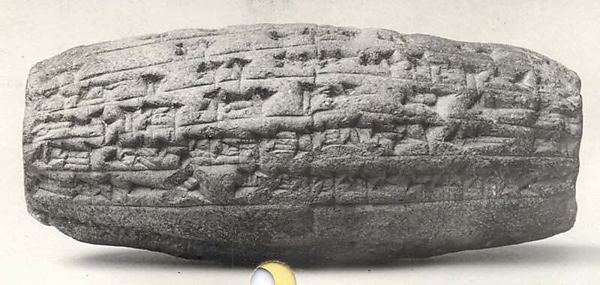Country | Population 268,834 (1987) | |
Hillah (Arabic: ?), also spelled Hilla or Al Hillah (BGN: Al Hillah) is a city in central Iraq on the Hilla branch of the Euphrates River, 100 km (62 mi) south of Baghdad. The population is estimated at 364,700 in 1998. It is the capital of Babylon Province and is located adjacent to the ancient city of Babylon, and close to the ancient cities of Borsippa and Kish. It is situated in a predominantly agricultural region which is extensively irrigated with water provided by the Hilla canal, producing a wide range of crops, fruit and textiles. Its name may be derived from the word "beauty" in Arabic. The river runs exactly in the middle of the town, and it is surrounded by date palm trees and other forms of vegetation enhancing the weather and reducing the harmful effect of dust and the desert winds.
Contents
Map of Hillah
The city was once a major center of Islamic scholarship and education. The tomb of the Jewish prophet Ezekiel is reputed to be located in a nearby village, Al Kifl.
It became a major administrative centre during the rule of the Ottoman and British Empires. In the 19th century, the Hilla branch of the Euphrates started to silt up and much agricultural land was lost to drought, but this process was reversed by the construction of the Hindiya Barrage in 1911–1913, which diverted water from the deeper Hindiya branch of the Euphrates into the Hilla canal. It saw heavy fighting in 1920 during an uprising against the British, when 300 men of the Manchester Regiment were apparently defeated in the city. It is said to be where the Hanging Gardens of Babylon once were.
Kimber blackwater alhillah 1911
History
The ancient metropolis of Babylon is one of the most famous cities of the ancient world and its remains can be found today near the town of Al-Hillah in modern-day Iraq.

Founded almost five thousand years ago, the city on the Euphrates has seen empires rise and fall and has been the centre of the highest forms of culture and the most brutal wars and devastation.
It is likely that Babylon was founded in the third millennium BC and rose to prominence over the next thousand years. By the 18th century BC the city was the centre of the empire of Hammurabi. However, the changing political and military nature of the region saw Babylon fought over countless times over the following centuries, with one empire or dynasty after another securing Babylon as their home.
A resurgence of an independent Babylonian empire briefly flourished towards the end of the 7th century BC under king Nebuchadnezzar II – famous for building great wonders within the city, including the renowned Hanging Gardens of Babylon – yet even this dynasty failed to last, with Babylon falling to Cyrus the Great, king of the Persian Empire.
In 331 BC Alexander the Great captured Babylon, and it was here he died in 323 BC. After the fall of Alexander’s fledgling empire, Babylon was fought over by his surviving generals and was slowly abandoned over the following centuries.
The ruins of Babylon have suffered greatly due to looting and destructive policies, leaving little behind that captures the glory of the once-great city. Saddam Hussein also built a ‘new’ version of ancient Babylon over the site.
Of Babylon’s ancient ruins, it is still possible to see parts of Nebuchadnezzars palace and some of the old city walls. It is also possible to see a reconstruction of the Ishtar Gate in the Pergamon Museum in Berlin.
Culture
Hillah has a rich cultural history and widely published in history books, literature, geography, and biographies. It was chosen as the cultural capital of Iraq in 2008 because of its large cultural gatherings and art galleries, as well as the many talents in all fields of culture and art, particularly poetry, writing, music and vocals.

And many well known Iraqi writers have written about it, including: Mr. Abdul-Razzaq al-Husseini, Abd al-Qadir al-Zahawi, Mohammad Mehdi Aljawahiri, Rusafi, Sahtia AlHasri, Dr. Fadel Aljamali, Thi Alnun Ayoub, Dr Ali Jawad Tahir, and Ahmad al-Safi al-Najafi.
Many writers, poets, and artists have also come from Hillah, including: Sharif Alrhdi, Saifuddin Al-Hilly, Mohammed Mahdi Albasir, Ali Jawad Tahir, archaeologist Ahmed Sosa, Taha Baqer, and Ahmed Saeed.
